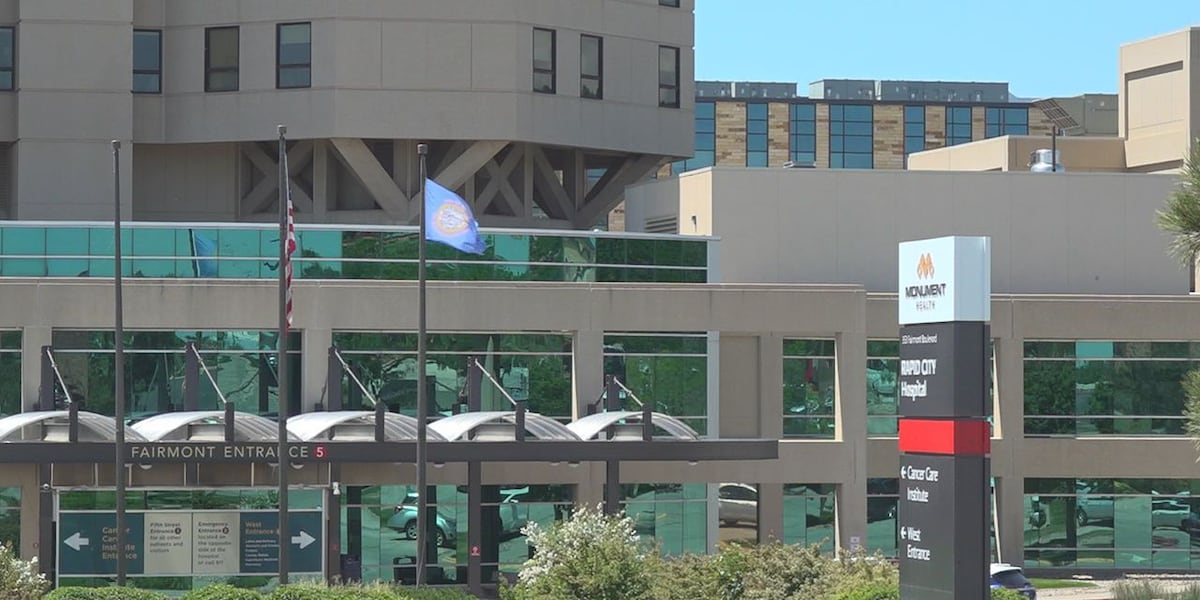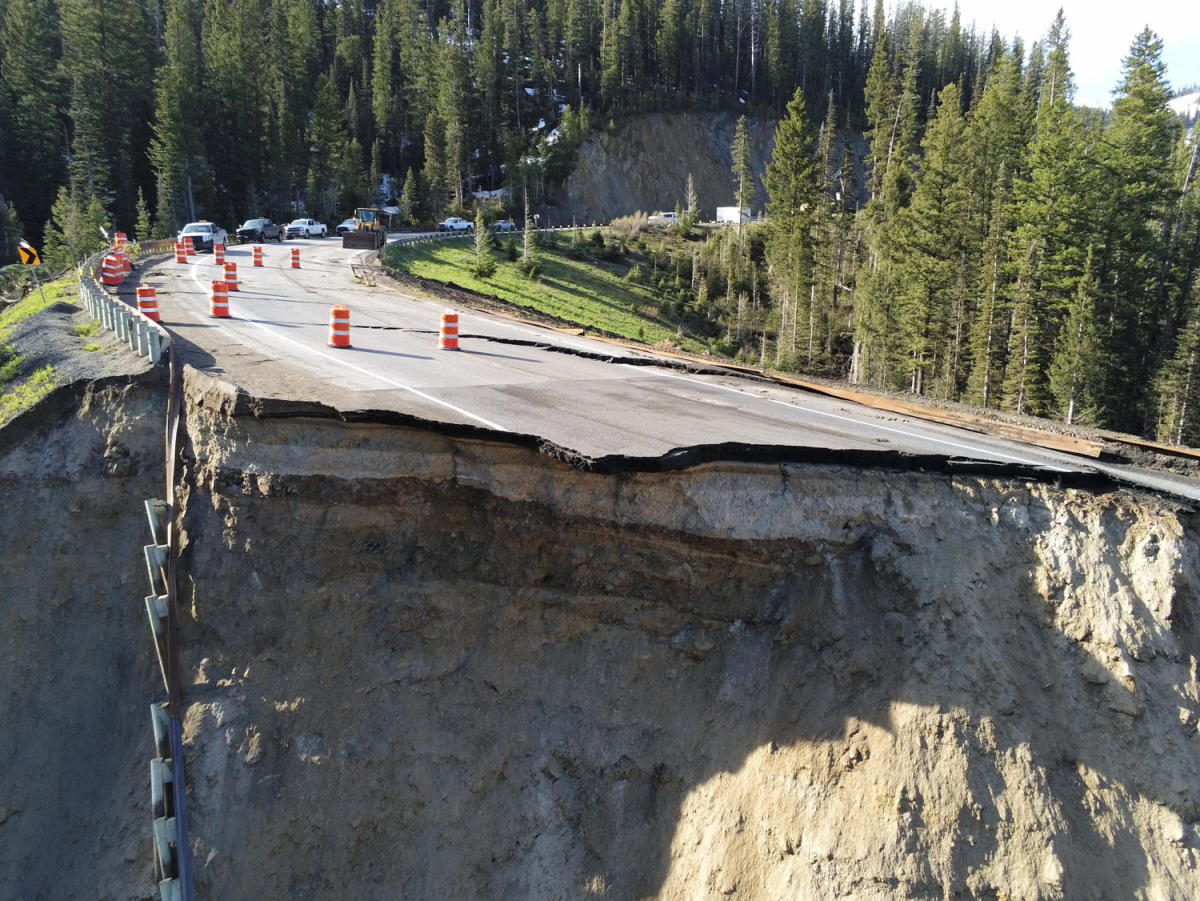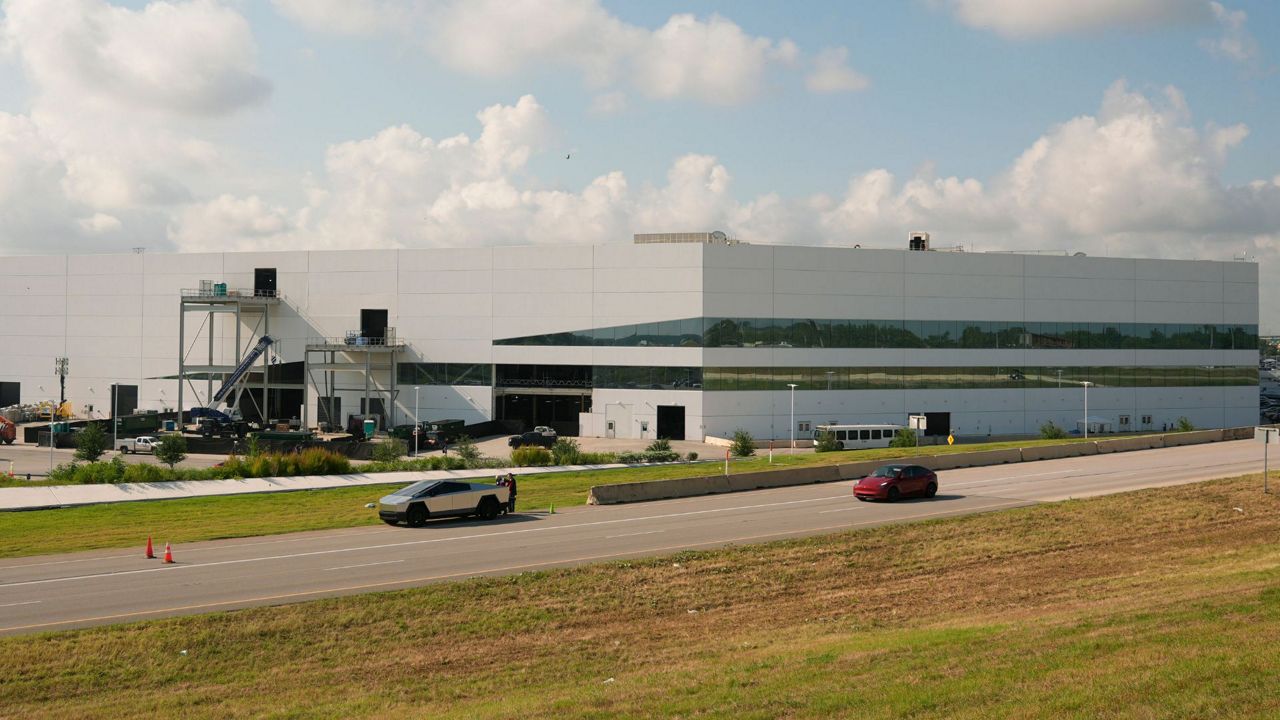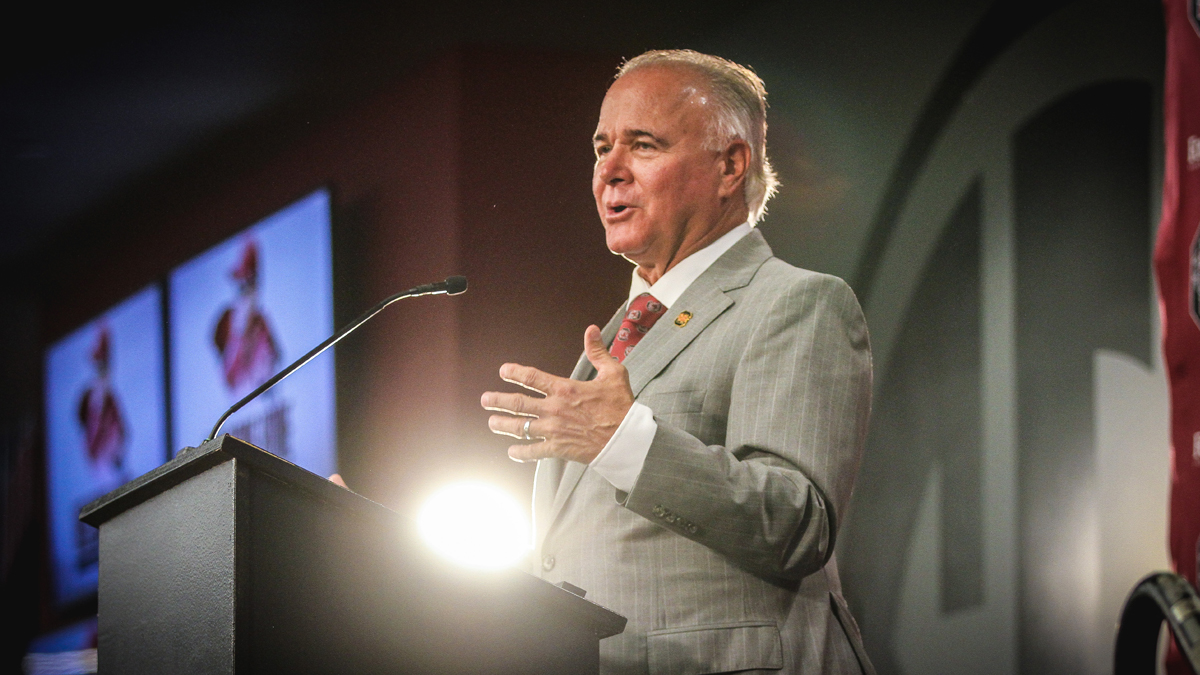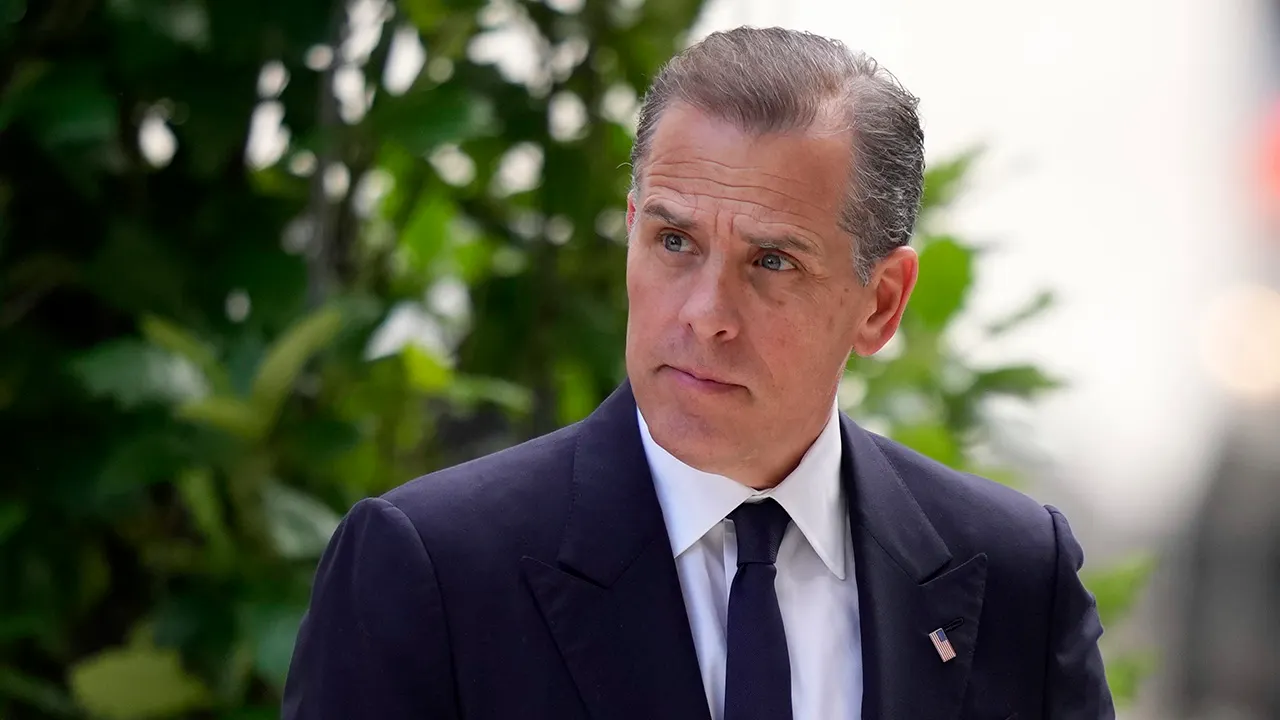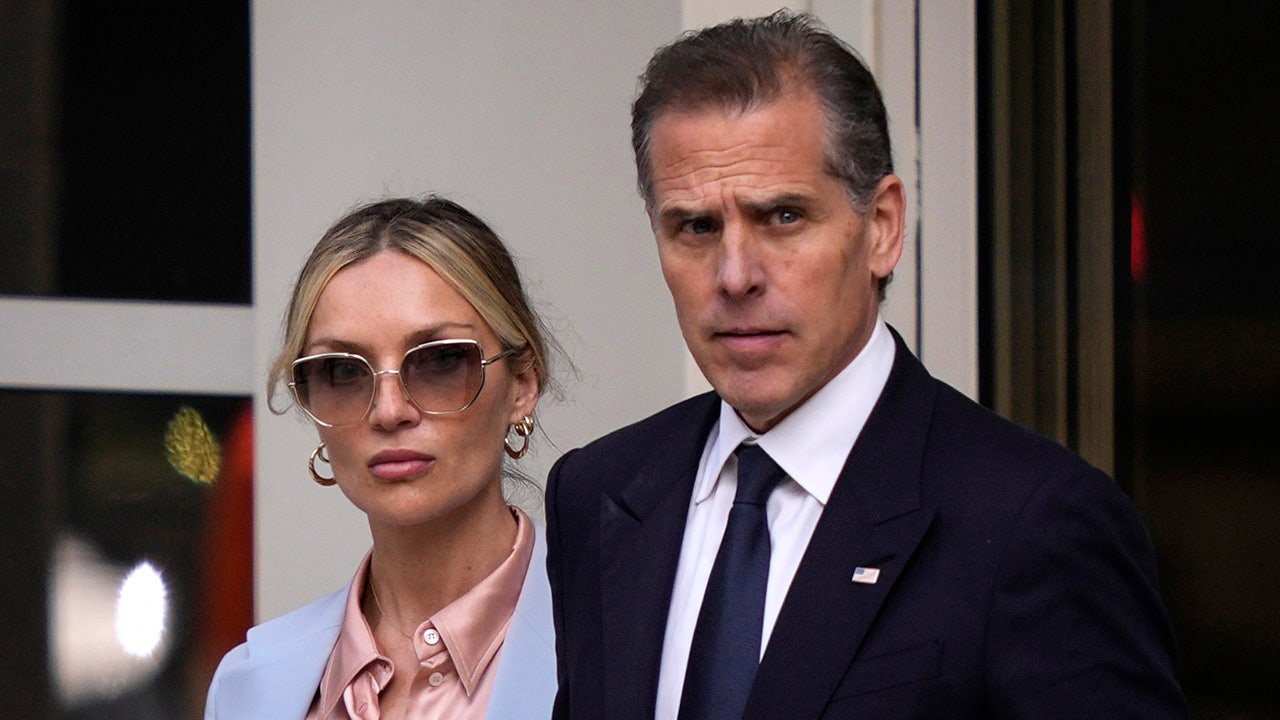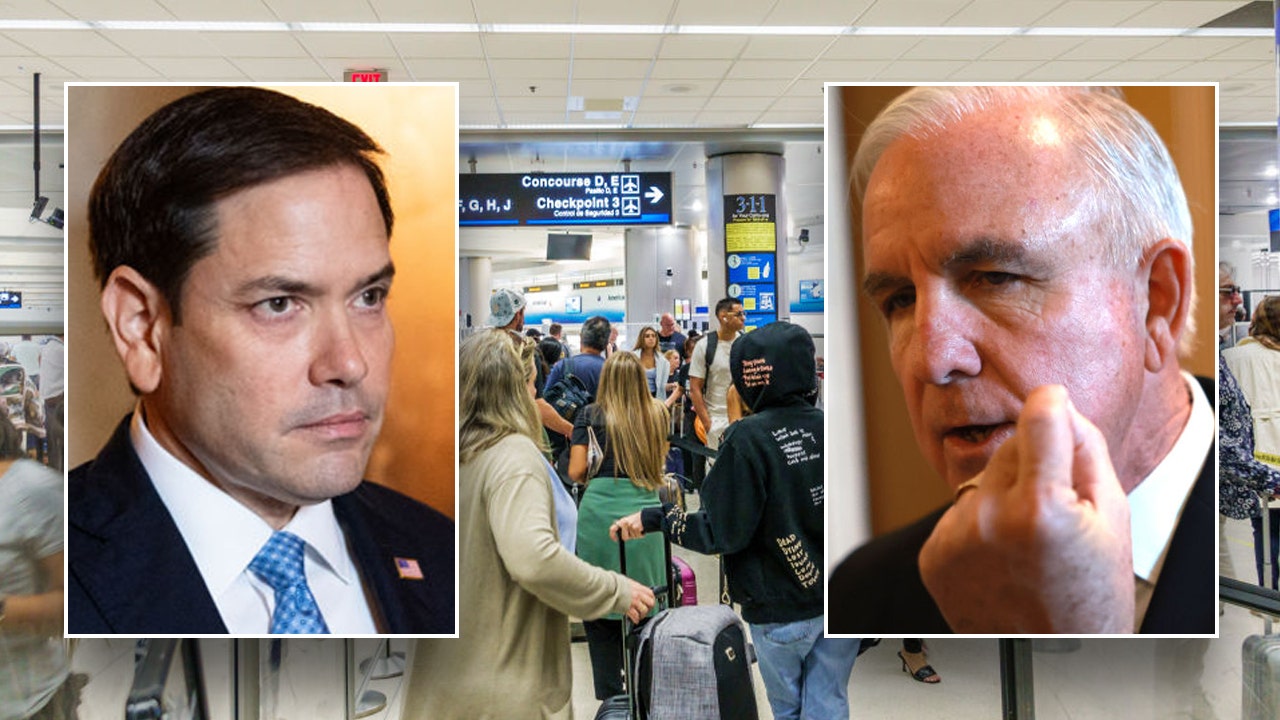The group backing two major election reform initiatives cleared the signature-gathering threshold, organizers said Wednesday on the steps of the Montana Capitol.
The group, Montanans for Election Reform, needed over 60,000 signatures from at least 40 legislative districts for each initiative and they reported having more than 200,000 between the two constitutional initiatives.
County offices must approve the signatures before the initiatives are officially slated to appear on November’s ballot.
“It’s a happy day for us and a happy day for Montana,” said Frank Garner, one of the group’s leaders and a former Republican state legislator from Kalispell.
Former Republican state Rep. Frank Garner speaks at a Montanans for Election Reform event celebrating the signature-gathering effort for ballot initiatives CI-126 and CI-127 at the Montana State Capitol on June 12.
Montanans for Election Reform said they bagged signatures from all 56 Montana counties and all 100 House legislative districts. The majority of the signatures came from Missoula County with roughly 57,000 signatures, followed by Yellowstone with roughly 47,000 and Gallatin with about 27,000. When groups gather signatures for these efforts, they often try to obtain more than the required amount because some will be thrown out.
People are also reading…
The first initiative, CI-126, would implement what are called open primaries and the second, C1-127 would require a candidate to receive over 50% of the vote to win.
The open primaries would place all qualified candidates on the same ballot regardless of party and the top four from each office would move onto the general election. CI-126 also stipulates that candidates do not have to list their political party affiliation on the ballot, but may if they choose to. Right now Montana has what is sometimes referred to as a “closed primary,” where voters have to choose which party’s primary to vote in — meaning they can not vote for a Democrat in one race and a Republican in another — when they go to the polls or cast a ballot by mail.
Open primaries backers net $1.1 million almost entirely from PAC and dark money group
If candidates split the votes in the general and no one person obtains an absolute majority, there are a few mechanisms that can be implemented to determine a final victor, and which mechanism Montana implements will be up to the state Legislature. Once the Legislature decides on a system if the initiatives are successful, the following elections will be decided under this new method as soon as 2025.
If these initiatives are successful they would pertain to all of Montana’s major political offices (such as U.S. senator, U.S. representative, governor and lieutenant governor, auditor, superintendent of public instruction and more) as well as the state Legislature. Notably, the Public Service Commission is not included.
Garner and other supporters of the two initiatives say these changes are needed to reduce the influence of “special interest groups,” reduce political polarization and their hope is that it will force lawmakers to work across the aisle more as opposed to appealing to the extreme end of their base.
While the effort is being led by those of all political stripes, including multiple Republicans, the state GOP is vehemently opposed to the initiatives. The state party has glommed onto the option to leave one’s party affiliation off their name on the ballot.
A flier from the state party that was being handed out at a Granite County Republican Party event called the initiatives “destructive to our election process.”

A Montanans for Election Reform event celebrating the signature gathering effort for ballot initiatives CI-126 and CI-127 at the Montana State Capitol on June 12.
“CI-126 / the ‘Top 4 vote-getter’ scheme requires no identified party affiliation for any candidate. It will result in less representation for conservatives, similar to the other states that have experimented with ranked choice voting,” the one-pager reads. “Make no mistake, the ‘Top 4’ scheme’s consequences will be devastating,” it continues.
The flier finishes by disowning the Republicans supporting this effort, without explicitly naming Garner and other Republicans aligned with the group.
Garner, for his part, bucked his own party Wednesday.
“It has come to my attention that the people who currently benefit from this system apparently don’t want to see more competition and don’t want to see it changed … so that’s not a surprise to us,” Garner told reporters Wednesday, referencing the Republican party’s strong grip on most major offices across the state.
In primary elections, turnout is notoriously low — roughly 40% of registered voters in Montana this year — and in Montana a lot of the races are decided in the primary because there are not many toss-up seats left in the state. In some sense, this trend means that a very small portion of the electorate is deciding on their next representative, something that the backers of the initiatives point to as a downside to the current system.
Multiple people referenced the eastern congressional district Republican primary election in Montana, for example. The winner of that contest, state Auditor Troy Downing, won with 36% of the vote because the share of votes was split between a long ticket of candidates.
Montanans for Election Reform is now gearing up for an education effort ahead of November’s election.

Victoria Eavis is a reporter for the Montana State News Bureau.


